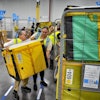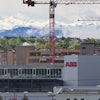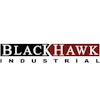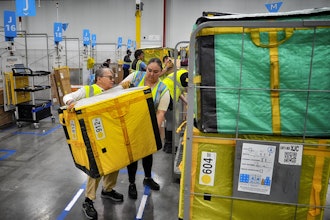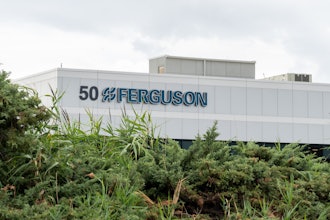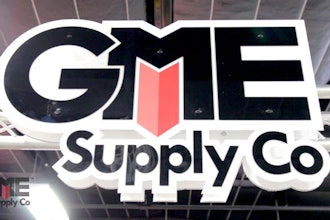Most distributors and OEM service dealers have yet to take advantage of the power of simple UPC barcodes that are affixed to nearly every product package they handle.
The aftermarket has a history of being a fairly insular, some might say sub-optimal, approach to information transfer. Many of our systems are found in no other kind of distribution.
This has been the home of the Weatherly Index, the Kalamazoo punch, the 5-hole drill, anywhere between 2 and 3 barcoding systems (at the same time!), three or more pop code systems (one actually the exact opposite in meaning of the other!) , as well as a system featuring ten different colored price sheets.
Unfortunately, most distributors … and OEM service dealers as well … have yet to take advantage of the power of simple UPC barcodes that are affixed to nearly every product package they handle.
Increased record accuracy and speed of data entry have propelled barcode use to universal status among successful distributors and retailers worldwide. From its introduction by Wrigley on gum packs in 1974, the ubiquitous stripes have saved literally trillions of dollars in processing labor and error reduction … not bad for an idea that IBM found “both feasible and interesting, but the resulting information would require equipment that was some time off in the future.”
This time we can get it right without endless calls for industry standardization, complicated registration or expensive new equipment. Every company in the industrial distribution business can find instant payback on their own terms.
The technology referred to is QR or Quick Response. These little squares (which can be created in a 30-second visit to goqr.me) can be the cornerstone for a whole new approach to marketing, operations, and even product and installation training … at the point of service.
Initially used for tracking parts in Japanese manufacturing, QR codes now are used much more broadly, including both commercial tracking and convenience applications aimed at mobile phone users.
QR codes storing addresses and Uniform Resource Locators (URLs) may appear in magazines, on signs, buses, business cards, or almost any product about which users need information.
Users with a camera phone equipped with the correct reader application (check your APP store online) can scan the image of the QR code to display text, contact information, connect to a wireless network or open a web page in the telephone's browser.
As I look at the possibilities … that can be developed TODAY… the following pop to the top:- Applications for Suppliers: Installation /troubleshooting on-product or on-package; batch traceability; MSDS information; multilingual instruction; core tracking; export data; returns/reverse logistics; catalog expansion/extension; multiline incentives.
- Applications for Distributors/Service Shops: Shop warranty information/tracing; group warranty; special spiff programs; MSDS information; related sales lists; core tracking; required tools for install/service; vehicle service history.
- Applications for Trade Media: Augment content in ads or on labels by providing instant, detailed product information; replace bingo cards/lit requests; extended editorial (print); multilingual; reader involvement/comment; drive traffic to websites from display ads; drive web traffic to special offers.
Clever merchandisers have jumped on this idea. Calvin Klein jeans recently replaced racy billboards with even racier photos accessed by QR codes on their signs. Better still… a chef decided to print QR codes on plates (using edible calamari ink) in order to provide diners with information on food content, calorie count, etc.
My personal favorite … digital life after death. QR codes are being placed on cemetery headstones by a gravestone maker in Washington. He is the first to come up with these laser engraved QR code tags for headstones. He's sold about 50 tags so far.
This technology is developing fast. There is no reason that the industrial distribution industry shouldn’t move to the forefront of utilizing this superb information innovation.

